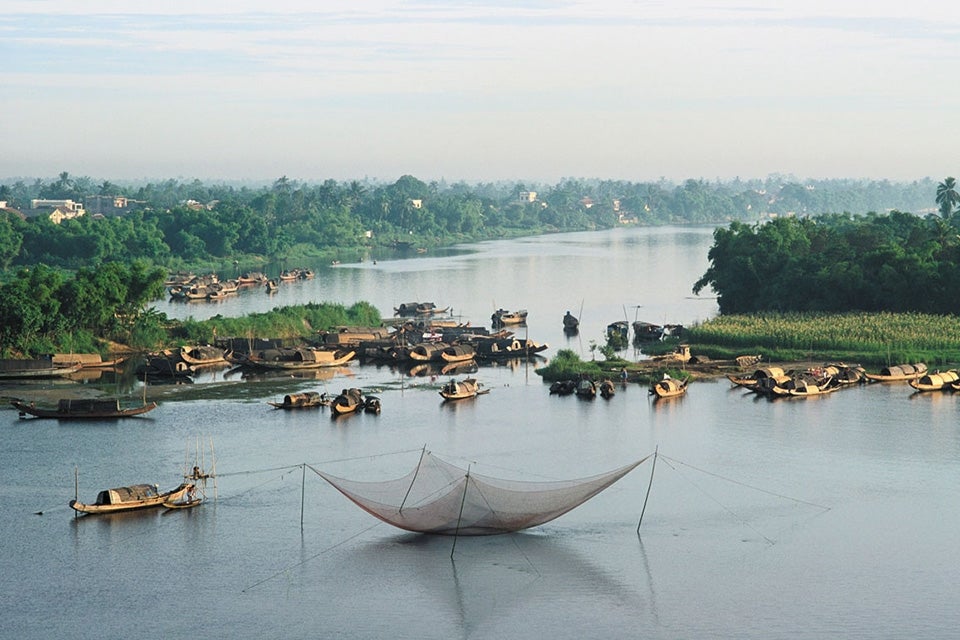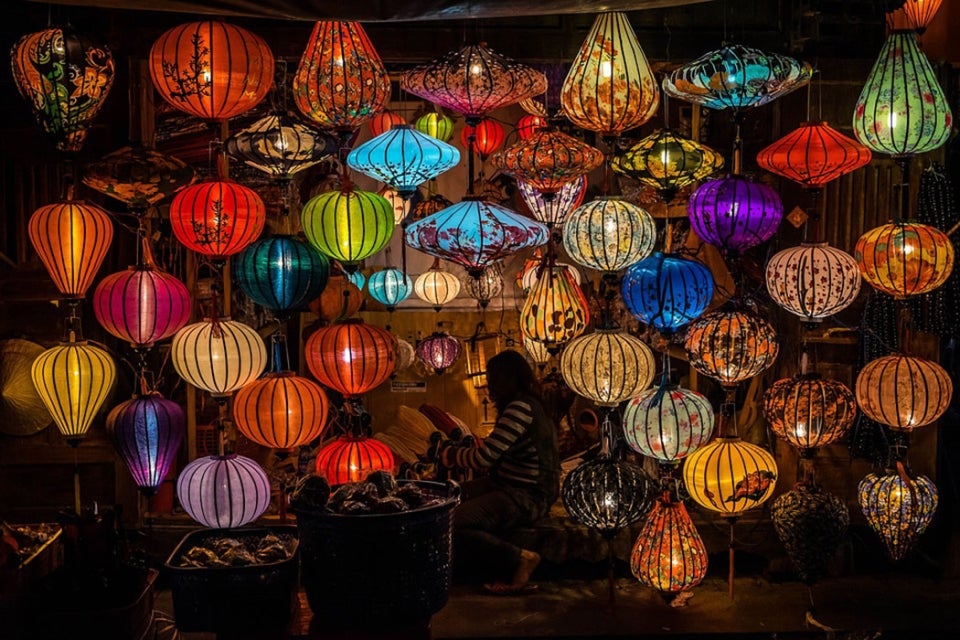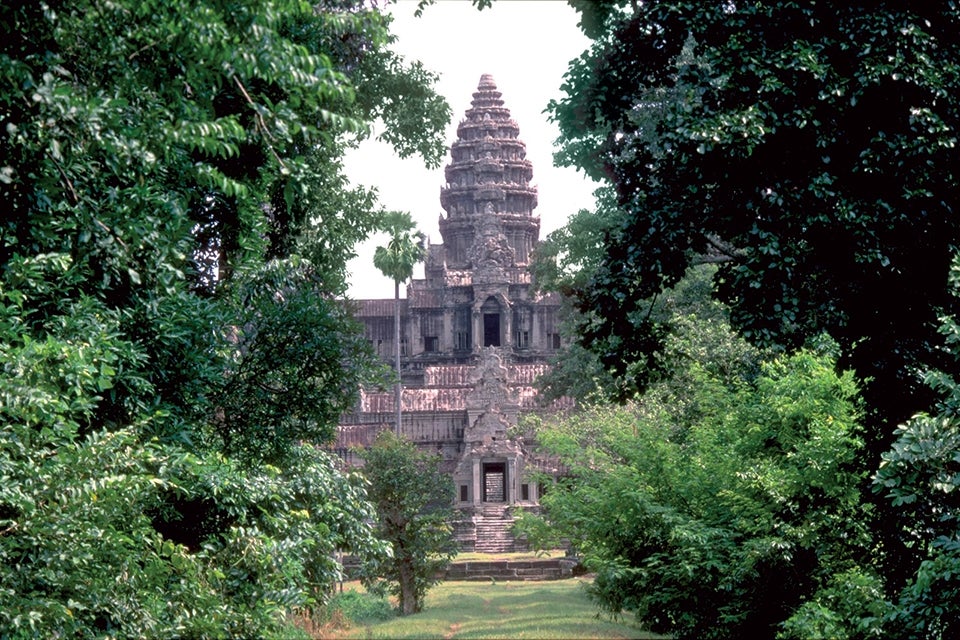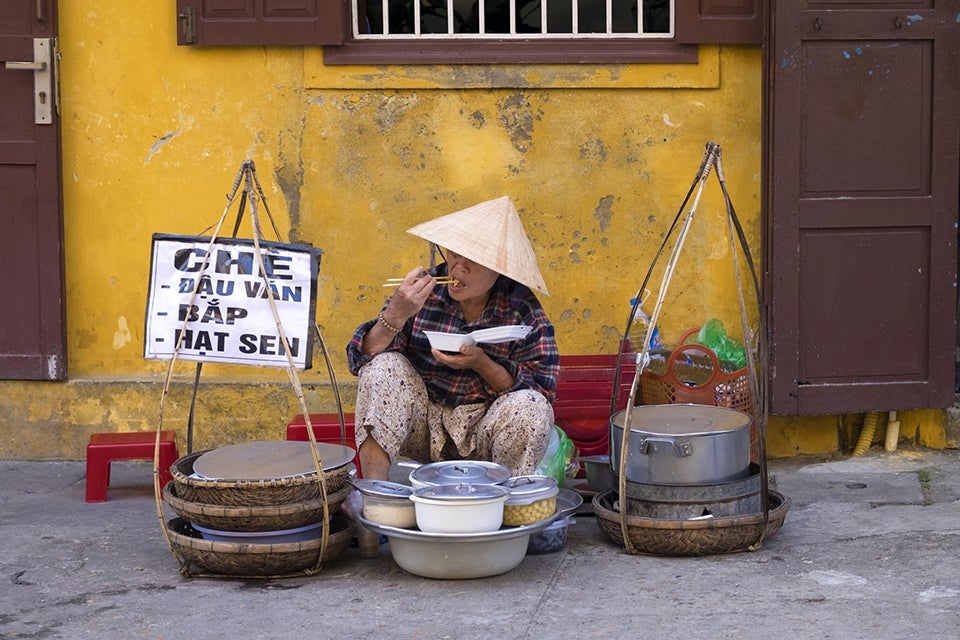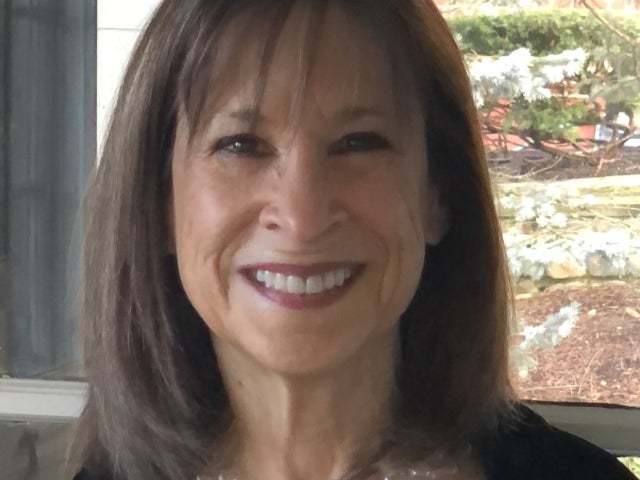Group Size: 12-24 participants
Tour Operator: Odysseys Unlimited
Co-sponsored with: Harvard exclusive
Sold out - waitlist only!
Trip Overview
In a land of breathtaking natural beauty, abiding tradition, and profoundly hospitable people, make a comprehensive journey featuring all the highlights, including two days in the beautiful and remote Mekong Delta.
Schedule by Day
Pricing
- Air-inclusive (from LAX, SFO, SEA): $6,497 per person, double occupancy / $7,992 single occupancy
- Air-inclusive (from BOS): $6,897 per person, double occupancy / $8,392 single occupancy
- Land-only: $5,295 per person, double occupancy / $6,790 single occupancy
Inclusions
Round trip air transportation from listed cities above; hotel accommodations per the itinerary; meals per the itinerary: breakfast daily, 6 lunches, 8 dinners; wine/beer/soft drinks and water included with group lunches and dinners; welcome and farewell receptions; entrance fees to all sites listed in the itinerary; land transportation by private motorcoach per itinerary; bottled water on bus while touring; transfers to/from the airport upon arrival and departure for those booking Operator’s air reservations; services of an experienced tour director; luggage handling upon arrival and departure at the hotels; all gratuities; complete pre-tour documentation and materials
Exlusions
U.S. domestic and international flights and related fees (if purchasing Land Only); passport and visa fees; airport porterage; transfers for land only guests; meals not included in the itinerary; optional sightseeing excursions, any personal items not listed as included such as telephone calls, personal services and travel extensions, room service, liquors (other than what is listed above), mineral water, à la carte orders and laundry charges; trip cancellation and interruption insurance
Accommodations
- Three nights accommodations at InterContinental Hanoi Westlake
- Three nights accommodations at Hyatt Regency Danang Resort & Spa
- Two nights accommodations at Silk Path Grand Hue Hotel
- Two nights accommodations at Victoria Can Tho Resort
- Three nights accommodations at Sofitel Saigon Plaza
Optional Post-Tour Extension
Cambodia: Angkor Wat & Phnom Penh
January 17 - 21, 2026
- $1,795 per person, double occupancy
- $325 single supplement
What to Expect
- 2-4 miles of walking per day, sometimes during the heat of the day
- Walking up hills or stairs (without handrails) on cobblestone streets, and at sites of ancient ruins
- Long days of motorcoach travel and sightseeing
- Moderate hikes on uneven terrain
- Ability to embark/disembark boats
- Multiple flights within the program
- Ability to get on/off the motorcoach several times a day without assistance
- This program would not be suitable for guests with mobility issues or guests who use walkers,
scooters or rollators
